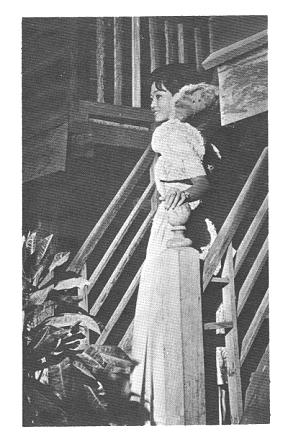
_____barong tagalog for men and the
_____terno for women, has become
_____popular with Americans here,
_____both for their practicality and
_____ease of washing. The barong is a
_____diaphanous shirt made of pine-
_____apple fiber or light cotton. Men
_____appreciate the open-collar and
_____shirt tail-out style of the
_____barong, which takes the place of
_____suit coats or dinner jackets at
_____formal parties. The ladies’
_____terno is a floor length, bright-
_____ly colored formal with large
_____butterfly sleeves. Both the ba-
_____rong and the terno may be made
_____at the Exchange tailor shop or
_____by local seamstresses and tail-
_____ors. Rain wear for all members
_____of the family is a necessity and
_____should be in good condition.
_____Shoes in particular sizes or
_____styles for men, women, and chil-
_____dren are sometimes difficult to
_____obtain. It is advisable to bring
_____an ample initial supply.